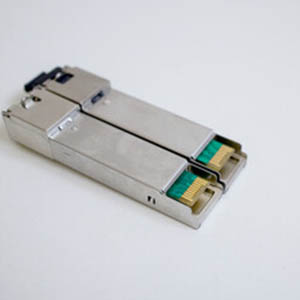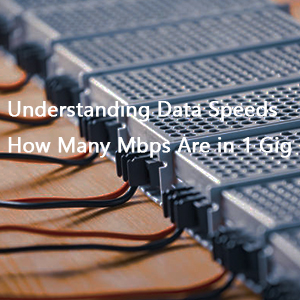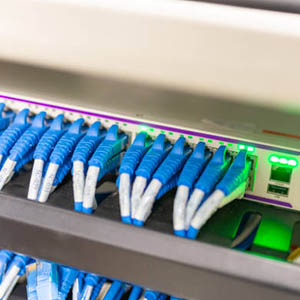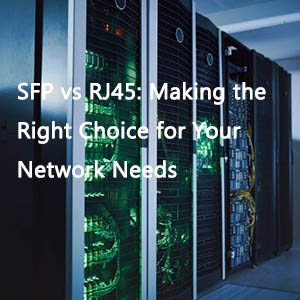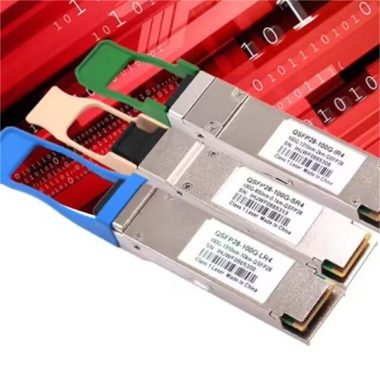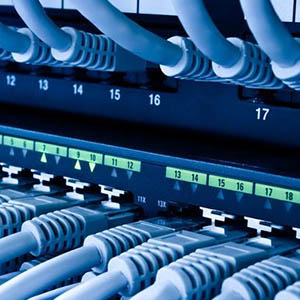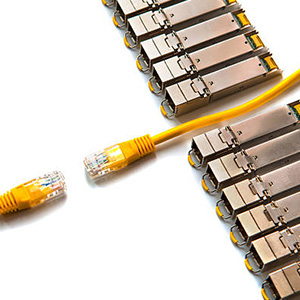SFP, standing for Small Form-Factor Pluggable, is a type of transceiver that enables a single network device to connect to various fiber or copper cables and distances. These modules are portable and interchangeable, facilitating easy installation in network devices for seamless communication.
Network devices such as PoE fiber switches, Ethernet media converters, Ethernet switches, and T1/E1 multiplexers are often equipped with SFP ports. SFPs are not only cost-effective in the long run but also frequently utilized in infrastructure and data transmission networks.
This comprehensive guide delves into the world of SFPs, covering everything from SFP transceivers, types, to SFP ports.

Why Choose SFPs Over Fixed Fiber Types?
SFP modules offer the versatility of interchangeable fiber optic connections, supporting a multitude of fiber types and data rates. They are hot-swappable, allowing for easy replacement, upgrade, or repurposing within a network. For instance, upgrading a Fast-Ethernet SFP to a Gigabit SFP on a Gigabit Switch can enhance network speed as needed.
SFP Cable Types
SFP transceivers support both Multimode fiber (MMF) and Single-Mode fiber (SMF) optical transceivers, as well as UTP copper cabling. MMF cables, using LED light, are cost-effective for short-distance connections within a building, with a maximum distance of 550 meters at 10Gbps and 2km at 100Mbps. In contrast, SMF cables, utilizing laser light, are more expensive but suitable for long-distance connections, reaching up to 160 km.
UTP copper cables should be of CAT5e or higher grade, with ‘CAT’ denoting the ‘category’ of the cable, which specifies the wire thickness, the number of pairs, and the twist tightness.
SFP Ports on Network Devices
Switches feature two types of SFP ports: SFP and SFP+. When connecting two network switches, it’s crucial that both SFP ports use the same wavelength or compatible SFP modules.
SFP ports accommodate MMF, SMF, and for Ethernet or UTP copper cables, SFP RJ-45 ports are employed.
SFP vs. SFP+
SFP transceivers are compact, interchangeable media connectors that eliminate the need for excess modules of various media types, thus reducing network equipment inventories. They support data rates up to 1 Gbps.
SFP+, an enhanced version, supports data rates up to 16 Gbps. SFP+ transceivers are compatible with 10G Managed and Unmanaged Media Converter products and 10G Ethernet and PoE switches.
XFP Transceiver
XFP (10 Gbps SFP) modules are larger than their SFP and SFP+ counterparts and are designed for high-speed transmission over optical fiber. They operate at wavelengths of 850 nm, 1310 nm, or 1550 nm and are compatible with managed media converter products.
SFP with CWDM and DWDM
SFPs can also support CWDM or DWDM wavelengths for specialized applications, providing a convenient and cost-effective method to integrate with legacy equipment.
Managed SFPs
Managed SFPs offer the advantage of Ethernet connectivity for configuration and monitoring purposes, such as SLA monitoring or enhancing the management capabilities of an unmanaged device. They reduce both CAPEX and OPEX by minimizing the need for additional demarcation devices and lowering power, space, installation, and maintenance costs.
SFP Operating Temperature
Optical transceivers, including SFP, SFP+, and XFP, operate within specific temperature ranges. Industrial transceivers are designed for harsh environments (-40°C to +85°C), while commercial transceivers are suitable for normal temperature environments (0°C to +70°C).
Conclusion
SFP transceivers simplify the connection of multiple network devices, whether through copper or fiber, and facilitate quick network upgrades. Managed SFPs add a layer of intelligence to your network in a cost-effective manner. For further inquiries or technical support, Fiber-Life is available around the clock to assist with network designs and product selection.

